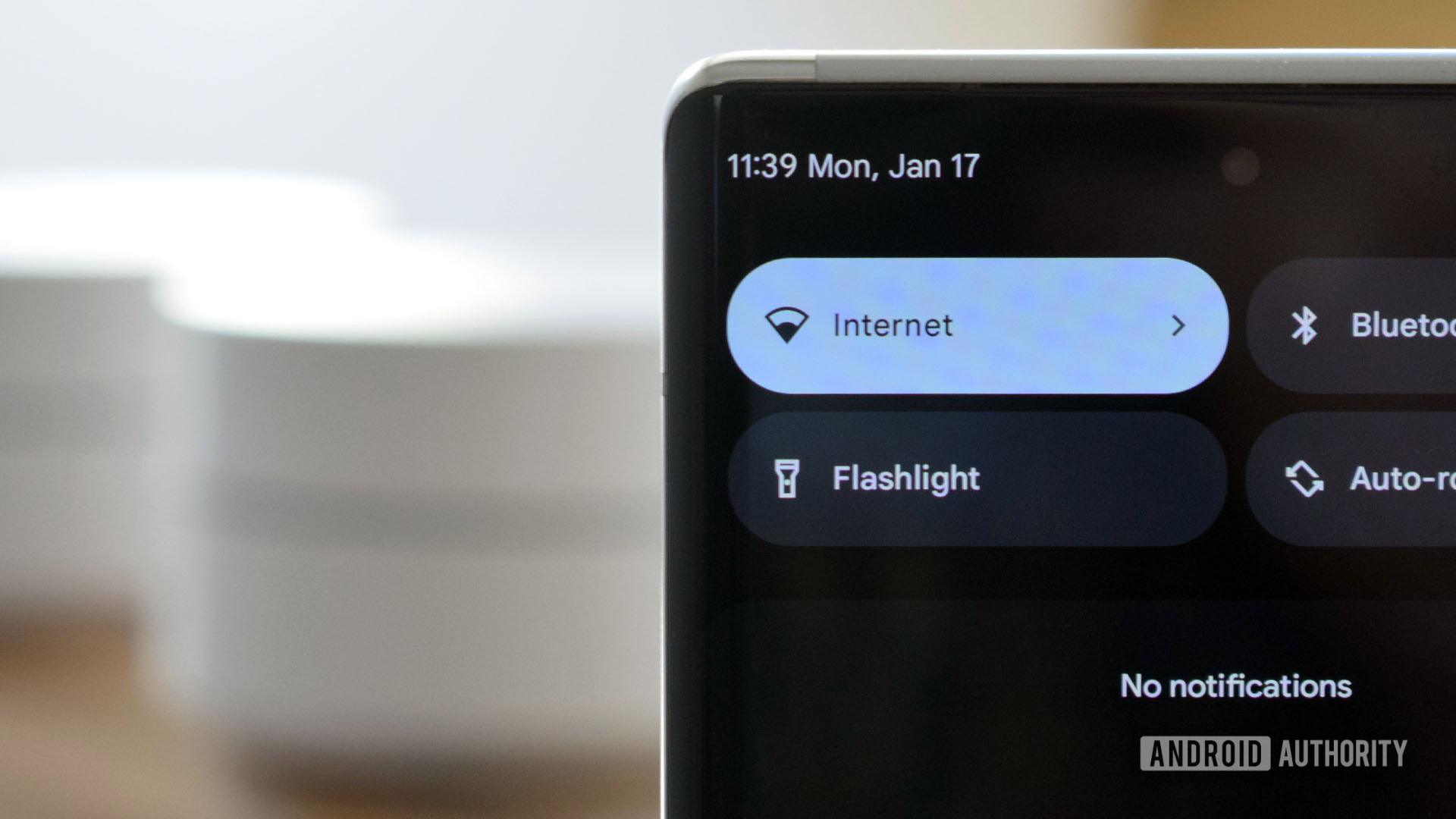Affiliate links on Android Authority may earn us a commission. Learn more.
33Gbps Wi-Fi 7 speeds coming to a router near you in 2023

- Wi-Fi 7 is poised to deliver 33Gbps wireless speeds.
- Routers supporting the new protocol could arrive as soon as 2023.
Wi-Fi 7, the next generation Wi-Fi protocol, is nearly here and promises speeds at least three times faster than the current generation.
Wi-Fi technology has always lagged behind hardwired options in terms of speed and performance, but the most recent developments are helping close the gap, albeit by a small margin. The current generation Wi-Fi 6 and 6E top out at roughly 10Gbps. With the upcoming Wi-Fi 7, however, speeds up to 33Gbps will be possible.
While the final draft of the new protocol won’t officially be available until 2024, that isn’t stopping Qualcomm from moving forward with routers that will support the new version. The company is already giving hardware customers early access to the chipsets, with commercial devices expected to start showing up in 2023, despite Wi-Fi 6 only being a couple of years old.
See also: Is Wi-Fi 6 worth the upgrade?
“Qualcomm Technologies has enabled the era of 10 Gbps Wi-Fi with our first customer deliveries of the Wi-Fi 7 Networking Pro Series family,” said Nick Kucharewski, Qualcomm senior vice president and general manager, Wireless Infrastructure and Networking. “Combining support for the latest Wi-Fi 7 innovations with our unique product platform architecture, the platform enables solutions ranging from whole-home mesh to powerful connectivity networks for large public venues.”
An added benefit of the new protocol is double the channel width, meaning devices will be able to support far more users than Wi-Fi 6. Qualcomm is saying up to 500 users will be able to access a single Wi-Fi 7 channel.
Wi-Fi 7 should also provide reduced latency, making it an ideal option for gaming and videoconferencing, as well as augmented and virtual reality applications.